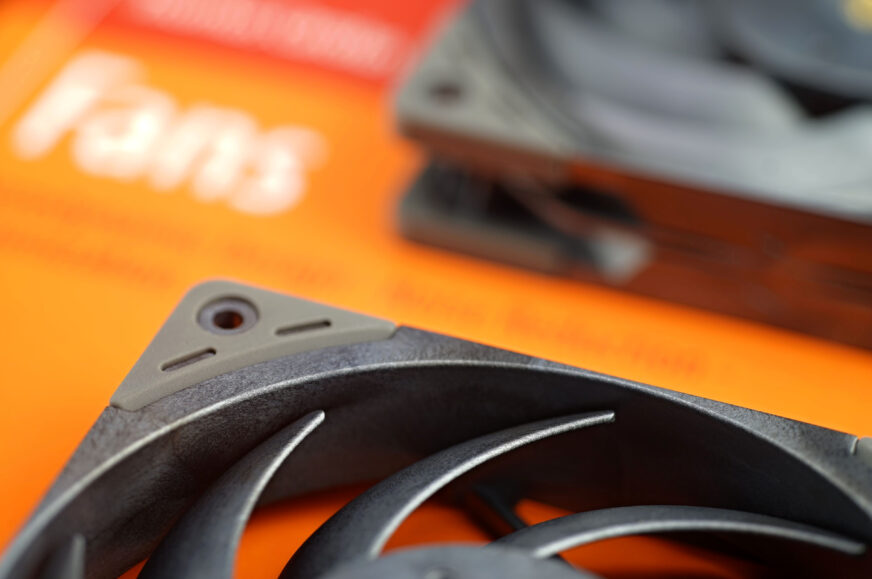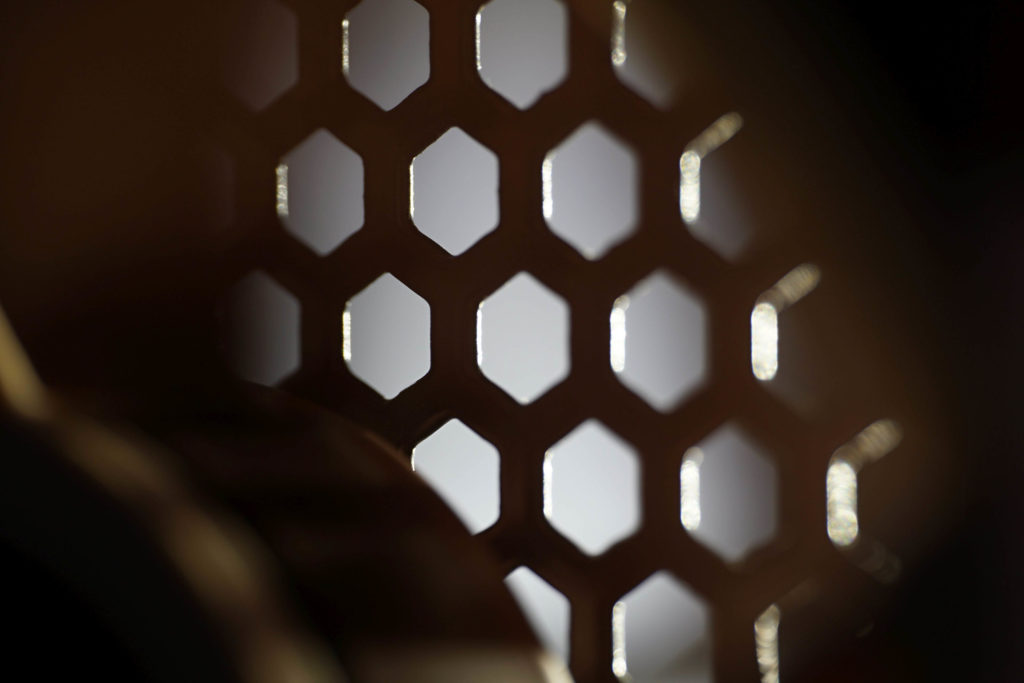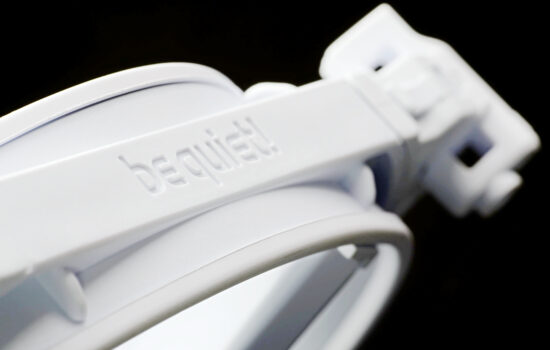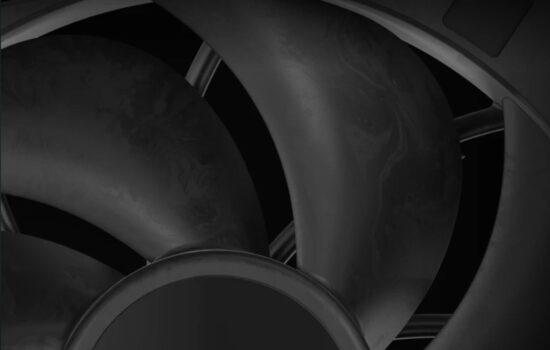Some of the things that will take place at HWC in 2024
It went by so quickly. Only recently we painted 2023 as the “year of the fan.” In the end, it didn’t work out as expected, but you don’t have to worry that we’ll slack off on that front, quite the opposite. Fan testing is a key topic for HWCooling, we just need to plan all things more sensibly (realistically, so that they can be done). But no excuses. The big goals, which drive us forward, remain for 2024.
I feel it appropriate to start by apologizing to all the readers who were looking forward to the promised 70 fans in comparison, we are still quite a bit short of that. As stated in the text above, we don’t want to make excuses, but you should know the reason why we didn’t make it. At the beginning (January 2023) a calendar was set up with how many tests and what fans we want to release, and when. However, a lot of other activities got in the way of those plans and, combined with poor timing, it happened that there wasn’t enough room left for the fans. Not enough to get to the advertised number.
Yes, we have to admit that it’s a bit amateurish, but it would be even more amateurish if we were to pursue it at all costs, even at the expense of quality. And, of course, we wouldn’t enjoy that. All the tests we run must be without compromise in terms of our high standards. In order to switch from some other tests (such as motherboards) to fan tests, the calibration or adjustment of the testlab alone takes eight hours with respect to making all the results consistent. So even the very first ones with the last ones. This is the foundation, and then there are many other things that cannot be accelerated while maintaining the much-needed precision for confronting them with one another. So we didn’t hesitate for a moment, and when the fan tests can’t make it out in time at the moment, they inevitably have to be postponed. We would rather be unreliable in the delivery of tests than in the interpretation of results, although both situations are unfavourable. Of course we are very sorry, this was not the plan, but what can be done. Now, having learned our lesson, we won’t promise anything concrete and the real year of the fan will be perhaps this year or the next one, we shall see. We will let it run its course.
The time for fans is yet to come…
Even now we have a fairly clear idea of what fans we want to test and in what season, and it doesn’t look sparse at all, but this time we’re going to keep some guesswork with the amount of work to ourselves. Everything we’ve promised, including the encyclopedia of fans, is coming, but we’re not going to put ourselves under tremendous pressure unnecessarily, nor do we want to let you down with overly optimistic deadlines. What is clear, however, is that in the first quarter we will definitely be building a database of 140-millimeter fan models. These will be essential for a relevant evaluation of Noctua’s new 140mm LCP fans.
In the following fan test, you can look forward to Noctua NF-A14 PWM, Arctic P14 PWM PST (CO) or Thermaltake Tougfan 14 Pro fans. We consider these models to be the most important for the mutual comparison with the new 140 mm Noctuas. Naturally, 120mm models will also be coming, with both the Scythe Grand Tornado 120 and the Seasonic MagFlow ARGB already here, the latter being one of the few lighted models with a robust LCP impeller. When we will release which fan tests is the question. In January, among other things, we are going to work on tests of new graphics cards (GeForce RTX 4000 Super and Radeon RX 7600 XT) and the lower-power Intel Raptor Lake Refresh processors with TDP of 65 W.
We also get a lot of questions about the Alphacool Apex Stealth Metal fan, which has a lot of controversy surrounding it. However, this is more on a personal and business level than on a technical level. And since we’re always interested in the latter (the technical level), we don’t really find much reason to push aside any other fans that make more sense for database building because of this one. We’ll definitely be testing the Apex Stealth Metal, it’s undoubtedly a remarkable fan, but it’ll have to wait its turn.
… and it will also be coupled with in-depth case tests
One of the new things in 2024 will be a new methodology for testing PC cases. In the beginning of the year there will be a few tests still done by Martin, but after that I will take over the cases from him. His daughter has been born recently and combining work for HWCooling with getting up early for his main job is challenging. I will therefore relieve him of this work, and the advantage is that there will be room for more detailed analysis of the various elements that will also have an overlap with the isolated fan testing with their standard test methodology. I don’t want to divulge any details right now because there are plenty of faster and significantly richer media outlets out there that could take the wind out of our sails by adopting our ideas. Anyway, I’m already working on the test methodology for the analysis of cases, and they might (but also might not) be coming out in the second half of 2024.
To conclude this article, we want to thank all of you who have stayed faithful to our detailed tests. But remember that only those things that get enough attention from an audience can keep happening. And that goes for HWC publications as well.
English translation and edit by Jozef Dudáš













I would like to suggest testing the Cooler Master Mobius 140P ARGB as well. Based on other reviews, it’s one of the best 140 mm fans right now, plus it is one of the few 140 mm fans with a ringed-blade design.
I believe there’s a decent fan behind all those Apex Metal Stealth marketing controversy, it certainly would be nice to give it a fair analysis after the dust settles.
Congrats to Martin, I think his case reviews are already excellently done.
For case reviews done by you though, I would expect even more focus on noise. For example how the fan mounting hardware/mesh/grills affect fan noise (in both noise level and frequency), and perhaps how prone the case panels are to amplify vibrations.
Mobius 140P ARGB will surely be included in the tests sooner or later. I will try to make it as soon as possible, but at the same time I don’t want to promise anything.
Yes, one of the pillars of the new case test methodology will be a detailed frequency analysis of sound. The aim will be to identify weak points and propose possible solutions to remove them (both at the user and developer level). Cases are perfect for such analysis, because due to the large number of different types of grilles and filters or other obstacles in them, there are very many combinations that can be analyzed.
Of course, vibration measurements will not be missing either, you have us well read. 🙂